Bloodletting and medical practice
A brief history to introduce some items of interest in the MHMMH Collection
I have often wondered why bloodletting was so widespread as a treatment and why it persisted for so many years. Concepts of malign influences, spiritual or physical, entering the body have always been prominent to explain death and disease, however, anyone who has witnessed catastrophic blood loss cannot but be impressed by the sense of the life draining away during such an event. Throughout history many have had this experience, whether in battle, by accident, during childbirth or in medical practice.
A straightforward answer is that the therapeutic removal of blood is derived from ancient practices in prehistory. Written record of the procedure was mentioned in an Egyptian papyrus. Bloodletting was in use during the lifetime of Hippocrates, a widely respected Greek physician from Cos (c.460 - c.370 BCE). Hippocrates is regarded as the father of medicine and his ideals and ethics were documented in the Hippocratic Corpus, a compilation of the clinical practice of Greek physicians from the 5th century BCE. Bloodletting was not favoured by him, but he considered that menstruation purged women of bad humours and suggested bloodletting could be a substitute, whilst still adhering to his principles of prescribing generally supportive treatments. He is remembered for his prescriptions of dietary interventions and natural remedies to make his patients feel better and he emphasised the need for an ethically mindful profession, in contrast to common practice of professional dishonesty and the making of spurious or heroic claims for remedies for specific diseases.
Aelius Galenus (Anglicized as Galen; 129-210 CE) added a focus on diagnosis and specific treatment from his observations of disease and its symptoms. He refined and codified bloodletting using his knowledge of anatomy and physiology from dissecting monkeys and vivisection, particularly of pigs. He devised a complex system using specific veins to relieve identified diseases based on his belief in blood’s influence on disease; firstly, that it pooled in the body and became stale and bad blood had to be removed, and secondly, he tried to balance the competing humours of blood, phlegm, black bile and yellow bile by dealing with what he thought was a common problem of too much blood. His other treatments consequently involved emetics and diuretics rather than Hippocrates’s more restorative therapies. This schism is reflected in an enduring division in the broad outlook of health practitioners in contemporary practice, between those who tend towards treating illness (feeling unwell) and those treating disease (a diagnosable structural or functional disturbance) which is commonly promoted as a more scientific if less empathetic approach.
Galen was a Greek physician surgeon and philosopher from Pergamon. He left a huge body of work much of which has survived. He believed in experiment and public demonstration and he became physician to kings and the Roman Emperor, which accounts for his continued influence. He dominated medical education throughout the Roman world as it spread eastwards. This influence returned later to mediaeval Europe with increased effect during the Renaissance through the rediscovery in the West of the classical texts stored in Arabian and Persian repositories together with the developments introduced by the golden period of Arabic academia. The emphasis on rote learning at that time made sure of Galen’s influence across the known world into mediaeval times. However, substantially free from Roman influence, bloodletting was also used in India and China. It survives in many traditional practices which are often loosely based on the humoral balance espoused by Galen, and whilst this may have travelled both ways along the land routes from Europe to Asia, this is unlikely to be the only explanation.
Methods of bloodletting vary depending on the geography and history studied. The opening of veins was complemented by leeches, artificial leeches and scarification with the addition of cupping.
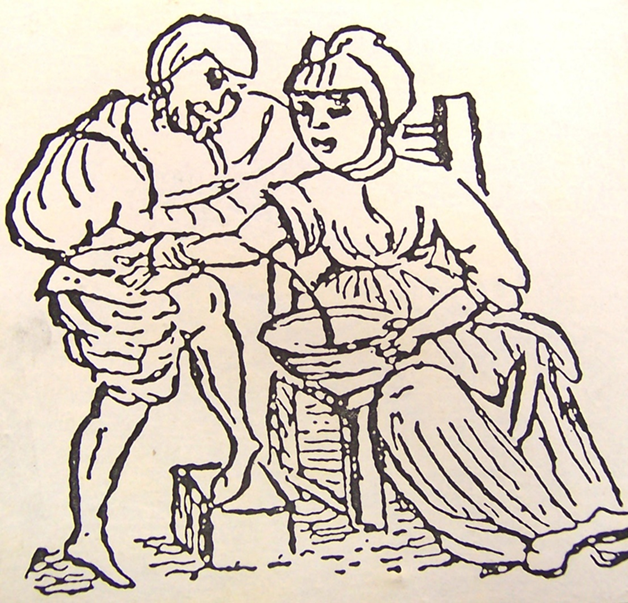
from the School of Solerno’ 1551

The introduction of scientific method and dissection of humans cast doubt of the efficacy of bloodletting. The experiments of William Harvey in 1628 showing the function of the heart in the circulation of blood disproved the classical theoretical basis for bloodletting. Pierre Charles Alexandre Louis, an early proponent of numerical analysis, showed that phlebotomy was useless in the treatment of pneumonia (1630s). However, 200 years later in 1828, a lecturer at the Royal College of Physicians in London was able to state that the procedure was of inestimable value. William Osler, a founder of modern medical method and education, was a supporter of bloodletting. This support was repeated in the final edition of his textbook, The Principles and Practice of Medicine, as late as 1923, four years after his death.
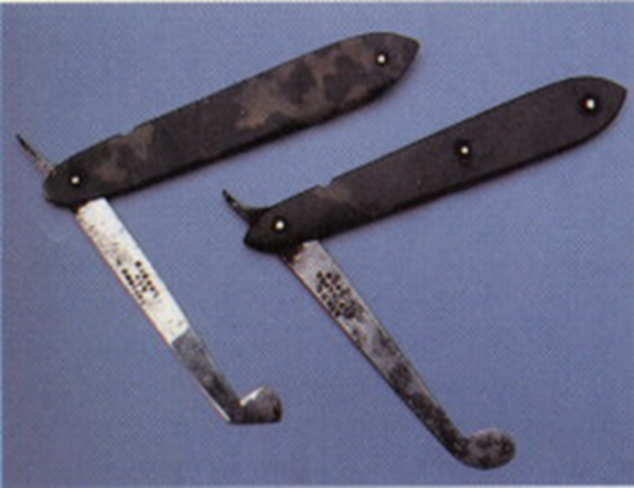

This brings us back to the original conundrum of why bloodletting has been a characteristic of human behaviour across many centuries and belief systems. The universality not only suggests an inherent link between our behaviour and our thought processes (connation and cognition in phenomenology) but also that there are societal and psychological factors involved which are expressed in our concepts and emotions around healing, religion, power, retribution and contamination, or more biologically, in the hard wiring of the brain of Homo sapiens.
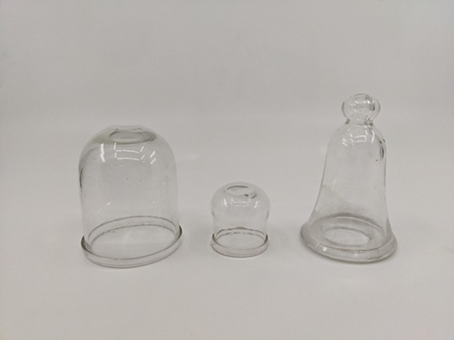
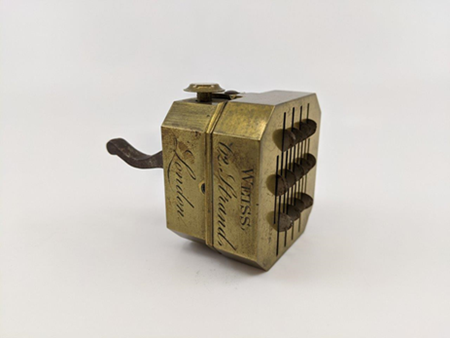
In the secular world of modern medical practice, it is worth noting the use of phlebotomy persists in some circumstances; in treatment for haemosiderosis to remove excessive iron from the body and polycythaemia to mitigate the effect of red-cell over-production, and in the removal of damaging blood to be replaced by healthy blood in an exchange transfusion used for the treatment of severe haemolytic disease of the newborn. Restoration of blood by transfusion and the infusion of blood components are used to balance a physiological need. I can add a personal note. As a resident, I was asked to remove blood from a direly distressed patient in acute heart failure after treatment with digoxin, frusemide and nitroprusside had failed to reduce the volume load sufficiently to give relief. The patient recovered! However, these few examples are not enough to explain the history of bloodletting, though the Hippocratic reference to the relief of premenstrual and menstrual symptoms following menstruation may have been more influential than the brief footnote it is given.
The removal of blood by a respected and wise healer was a powerful placebo when all else had failed and guilds and professions have maintained their power, exclusivity and exceptionalism with other similarly dramatic treatments. This could be a factor to explain William Osler’s comment which parallels the equally famous surgeon John Hunter’s support of the useless practice of gum cutting to prevent disease in infants.
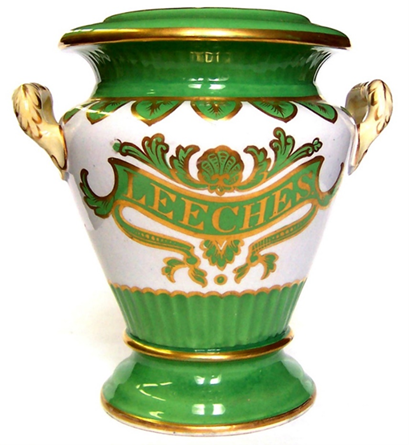
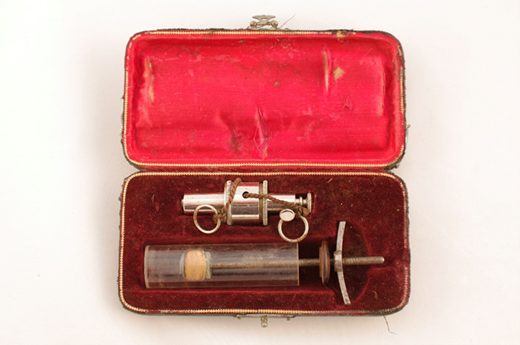
For most people, blood would seem to be something to be avoided and seen as dangerous or frightening. There are many examples of the symbolic meaning and experience of bloodletting such as the exsanguination of convicted criminals by public beheading or removal of vital organs from defeated enemies and human sacrificial victims. These have been frequent events throughout history and to the present day demonstrate the power of the perpetrator. Islamic and Jewish rules for the killing of animals for food requires the removal of blood before the meat is fit to be eaten and the exclusions for menstruating or birthing women in many anthropological studies are frequently framed as efforts to avoid pollution by these essential and natural, but perhaps spiritually powerful, processes. From another perspective, the relief of psychological or spiritual distress by cutting or self-flagellation seems to require pain and a flow of blood to be effective. With its roots stretching far back into prehistory, I conclude that it is fear and horror of blood as a harbinger of death whilst also representing the presence of life which affects us all. Human evolution of the development of consciousness of our own mortality underpins many of the practices alluded to and therefore of the oddly persistent attachment to the practice of phlebotomy which is on record as being used for 4,000 years.
‘‘Of bleeding many profits grow and great,
The spirits and sences are renew’d thereby,
Thogh these mend slowly by the strenghth of meate,
But these with wine restor’d are by-and-by;
By bleeding to the marrow commethe heate,
It maketh cleane your braine, releeves your eie,
It mends your appetite, restorathe sleepe,
Correcting humors that do waking keep:
All inward parts and sences also clearing,
It mends the voice, touch, smell, and taste, and hearing’’.
This poem is an extract from a book, by Jaefferson about doctors: ‘The Salerne School’ (1862) reprinted in a History of bloodletting by phlebotomy: Professor Liakat Ali Parapia published 8 September 2008 Blackwell Publishing Ltd, in the British Journal of Haematology, 143, 490–495; 2008. Other facts, information and references were taken from Wikipedia entries on Bloodletting and Galen but comment and inference are mine alone - Robert Craig; January 2021
The Marks-Hirschfeld Museum of Medical History aims to celebrate Queensland’s medical history by telling the stories of its people, events, objects, scandals and triumphs. We welcome all stories with a medical history aspect. Get in touch with us at medmuseum@uq.edu.au.

